At the end of the 20th century, there were regularly still instances of blasting in the forest. The use of such methods has declined considerably in recent years, but could make a comeback in the near future, as blasting has great potential, especially in areas such as the preservation of habitat trees and the creation of wetland biotopes, and as a substitute for motor-manual or machine felling of trees - methods that can endanger the safety of forest workers.
Areas of application
The creation of wetland biotopes is one potential application for blasting. It is a low-cost and effective alternative to the traditional method, which requires the use of machinery to excavate and remove the soil. The areas where work has been done require renaturalisation, and the soil in the resulting pit needs to be compacted. This effort is unnecessary with blasting, as no machinery is required, and the soil compaction under the biotope is a side effect of the blasting, which means that there is no need for artificial sealing measures, such as layers of loam. The charges can be placed at different depths, allowing deep and shallow water zones to be carved out, depending on the needs of the living organisms that are to settle there.
The preservation of habitat trees is another area in which blasting can be applied. Especially in the case of deciduous trees, dead trees may break close to the ground due to their heavy crowns, and they are no longer as acceptable to animals as habitats. The blasting off of just the crowns leaves woodpecker cavities and cracks in the tree for bats, for example, largely undisturbed, and also means that the deadwood itself remains standing longer.
Apart from the possibilities it offers in nature conservation and environmental protection, the blasting of hazard trees can improve the occupational safety of forest workers where the use of machinery is impossible – on steep slopes, for example. Even just the vibrations created during the sawing of deadwood may lead to dead branches dropping off the tree and thus endangering forest workers. One advantage of blasting is that no one is in the immediate vicinity of the tree when it is moved by the blasting. It is also advantageous where trees have collapsed or been knocked over or are leaning, and where the trunk is under such high tension that motor-manual felling or processing is potentially too risky for the person carrying out the sawing.
Explosives can also be used to remove tree stumps or large roots, for the creation of forest tracks, for example, or hiking trails.
Procedure
Like other blasting operations, the operations may only be carried out by trained and certified blasting experts. This is where the THW's specialist "Blasting” group regularly comes into its own.
Blasting that does not serve directly to avert danger can also be carried out by commercial companies. These deployments are sometimes accompanied by the fire brigade, the police and, of course, the responsible foresters, forest rangers and forest workers.
Depending on the purpose for which the tree is to be blown up, drill holes are made in the trunk at the appropriate height. When preserving habitat trees, a height of at least 4 to 5 m is usually recommended in order to leave as much of the main body of the trunk as possible. The explosive, usually a rock explosive, e.g. Eurodyn 2000, is placed in the boreholes. By placing the explosives in the tree directly - in contrast to placing them on the outside of the trunk - fewer explosives are needed overall and the noise is reduced for both humans and animals. Roads and paths in the danger area are closed off by the THW, the forestry authorities, the fire brigade and/or the police. The THW Federal Agency for Technical Relief briefs all those involved on site about the dangers and the correct behaviour at the operation site. After that, everyone must leave the danger zone, which has a radius of at least 300 m around the tree. After the blasting, the blasting site is inspected by the persons authorised to blast and then the danger area is declared all-clear again. The part of the tree that has been blasted off can be cleared if necessary and the road closure lifted again.
Forestry crisis management guide
Back to the main page of the Forest Crisis Management Guide: Forest Crises Management Advisory Guide
Back to the article overview in the: Crisis Management Topic Collection

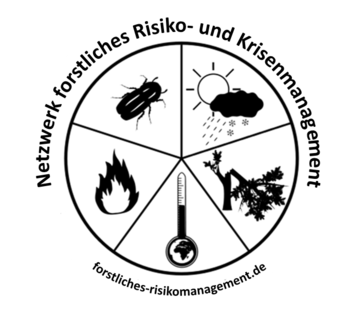
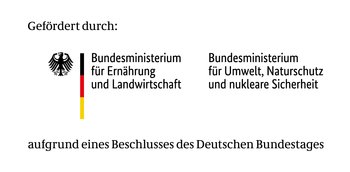
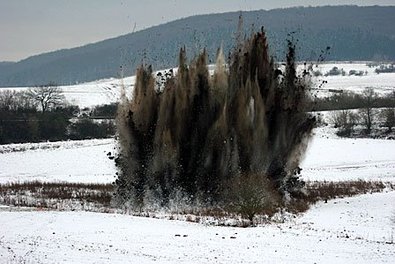
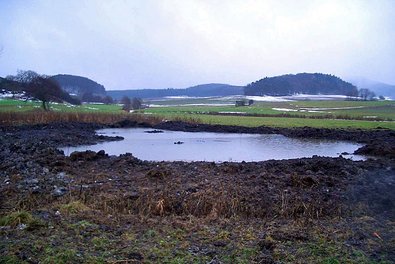
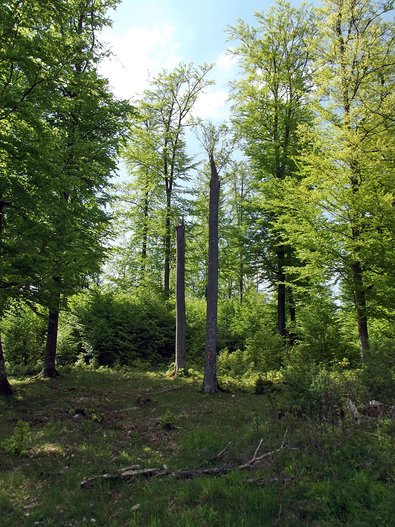
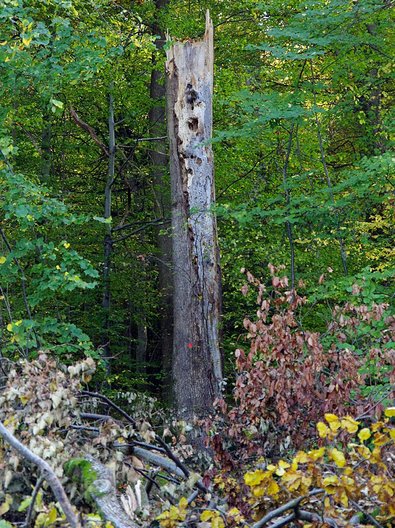
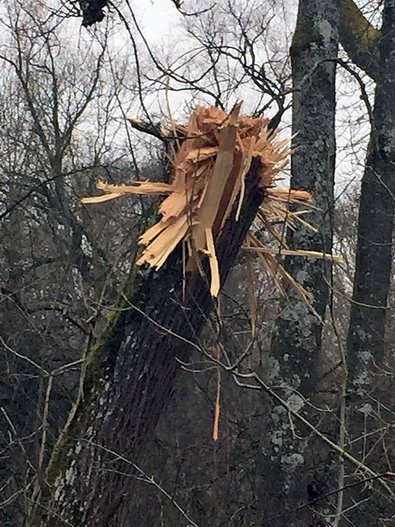
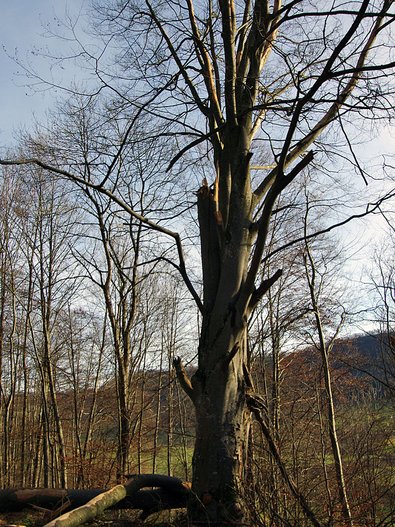
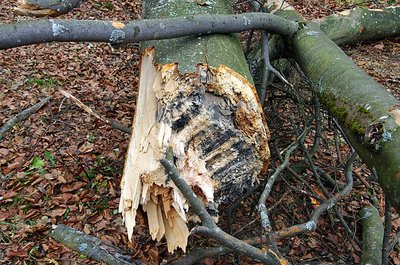
![[Translate to English:] [Translate to English:]](/assets/_processed_/2/1/csm_Hero_Krisenmanagement_75cad87961.jpg)
![[Translate to English:] [Translate to English:]](/assets/_processed_/1/6/csm_markierung_hbg_f45990323c.jpeg)